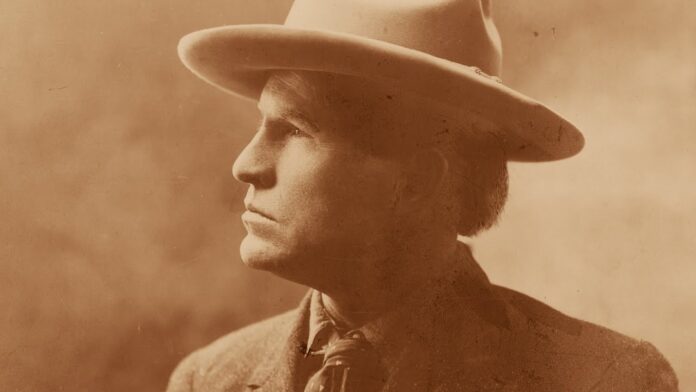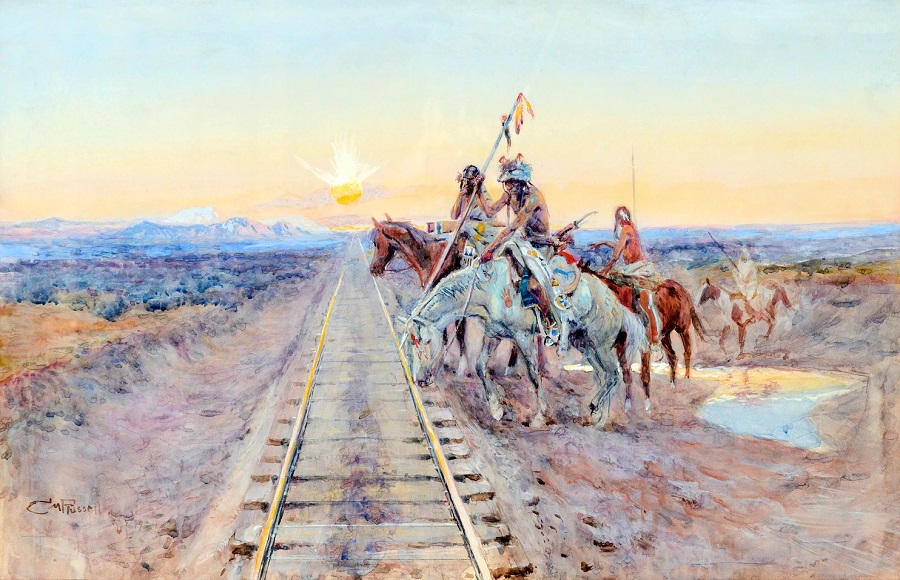Psychologists and art lovers agree that art is a part of life and gives meaning to our lives. Art also helps us understand our world as it provides an understanding of our emotions and increases our self-awareness. It doesn’t matter whether you are an art lover or not, art is an essential part of our culture, and you are consciously or unconsciously influenced by art. The art we are exposed to also influences us to be open to both new ideas and experiences.
So, you don’t have to be an art fundi to be influenced by art – the art environment you work and live in influences you whether you are aware of it. But while it is acknowledged that art is part of everyone’s life, it is so much more a conscious part of the life of an artist. An artist uses art to communicate ideas and thoughts, and it uses it as a tool for self-expression. A good artist “lives” his art. In other words, the more the artwork is an extension of the life experiences and emotions of the artist, the more the artwork, such as a painting, “speaks” to the viewer.
Charles Marion Russell is an excellent example of an artist whose art was part of his life and whose artworks are “extensions” of his experiences and emotions. This article will look at the integration between his life and his art.
Charles Russell’s – Example of Art as part of the Artist’s Life and vice versa
Charles Russell (1864 – 1926) was one of the few “western” artists depicting the American West in their paintings and was living in the American West. At age 16, he moved to the Judith Basin area of Montana to start working as a cowpuncher.
He worked there for 11 years and, while working, also created sketches in his free time. As he lived 46 of his 62 years in the American West, he knew his subject matter intimately. His paintings were his way of communicating the American West’s way of life to the world.
He created more than 2,000 paintings of landscapes set in Western America, cowboys, and Native Americans. Apart from being a painter, he also was a good storyteller and author. With his stories and paintings, he was an advocate for Native Americans’ rights in West America.
Some of Russell’s Paintings and their Selling Prices
One of Charles Russell paintings, “Wild Horse Hunters,” was painted in 1913. Like most other landscapes, he used as much color as possible in this painting.
Some of his paintings were sold for millions. “Piegans” sold for $5.6 million in 2005, and his sculpture “Buffalo Hunt” sold for $4.1 million in 2008. Even some of his small pencil sketches are selling for $25,000 and more.
Russell’s Biography – the Beginning
When you look at Charles Russell’s paintings, you must remember that he was self-taught. His painting started only as a hobby. He was not interested in art lessons, and when his father enrolled him at age 14 in an art school, he attended the classes for only three days. According to him, he preferred the exciting subjects of his imagination more than the formal training provided by the school.
But although Russell, as a young man, didn’t foresee a career as an artist, art was always a part of his life. He grew up in Missouri, where he was always busy drawing sketches and making clay figures of animals. But at that stage, his art involvement was seen by him as just a hobby. From a very young age, he was interested in the “wild west.” He spent hours reading about it and watched and spoke to explorers and fur traders who frequently traveled through Missouri. He also learned to ride horses.
He left school when he was only 16 and started to work on a sheep ranch in Montana. Later, Russell left the sheep ranch and started working with Jake Hoover, a hunter, trapper, and later a rancher. Russell learned a lot about the ways of the West from him. They remained lifelong friends.
In 1882 he briefly visited his family in Missouri and then returned to Montana, where he lived as well as worked for the rest of his life.
Russell’s first “Career” Paintings
While Russell was working as a cowboy, Western America encountered a very harsh winter in 1886/1887. He documented the winter in several watercolors. The ranch foreman on the ranch where Russell was working at that stage received a letter from the range owner requesting a report on how the cattle herd had weathered the winter. As a reply to this request, the foreman sent the owner a postcard-sized watercolor that Russell had painted. It was a painting of a gaunt steer being watched by wolves.
The ranch owner showed the postcard painting to friends and business people and displayed it in a shop window in Helena, Montana. Other ranch owners and art lovers saw the painting and started commissioning work from Russell.
The original postcard painting was later titled “Waiting for a Chinook,” and Russell created a more detailed version, which became one of his best-known watercolors – also named “Waiting for a Chinook.”
In 1888, Russell lived with the Blood Indians, a branch of the Blackfeet Nation. Art historians believe that during this period, he gained most of his intimate knowledge of Native American culture. Later, he settled in the area known as Great Falls, Montana, where he worked for the rest of his life, making a living as a full-time artist. He also got married in 1896.
Conclusion
Charles Marion Russell is an example of a person who not only had art as part of his life but whose life was part of his art as well. He had intimate knowledge of his paintings’ subjects because they were part of his life. No wonder his paintings of the Old West were adopted as the “model” when moviemakers were looking for authentic images depicting the American West’s history.
Read Also : Deborah Elizabeth Sawyer Doja Cat, Husband, Net Worth, Age, Family

































